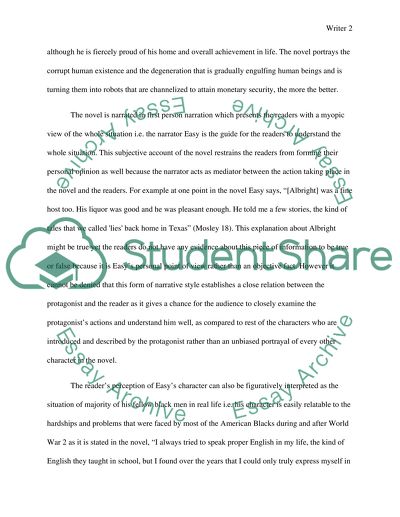Cite this document
(“Read Devil in a Blue Dress by Walter Mosley and compare the advantages Essay”, n.d.)
Retrieved from https://studentshare.org/english/1454875-read-devil-in-a-blue-dress-by-walter-mosley-and
Retrieved from https://studentshare.org/english/1454875-read-devil-in-a-blue-dress-by-walter-mosley-and
(Read Devil in a Blue Dress by Walter Mosley and Compare the Advantages Essay)
https://studentshare.org/english/1454875-read-devil-in-a-blue-dress-by-walter-mosley-and.
https://studentshare.org/english/1454875-read-devil-in-a-blue-dress-by-walter-mosley-and.
“Read Devil in a Blue Dress by Walter Mosley and Compare the Advantages Essay”, n.d. https://studentshare.org/english/1454875-read-devil-in-a-blue-dress-by-walter-mosley-and.


